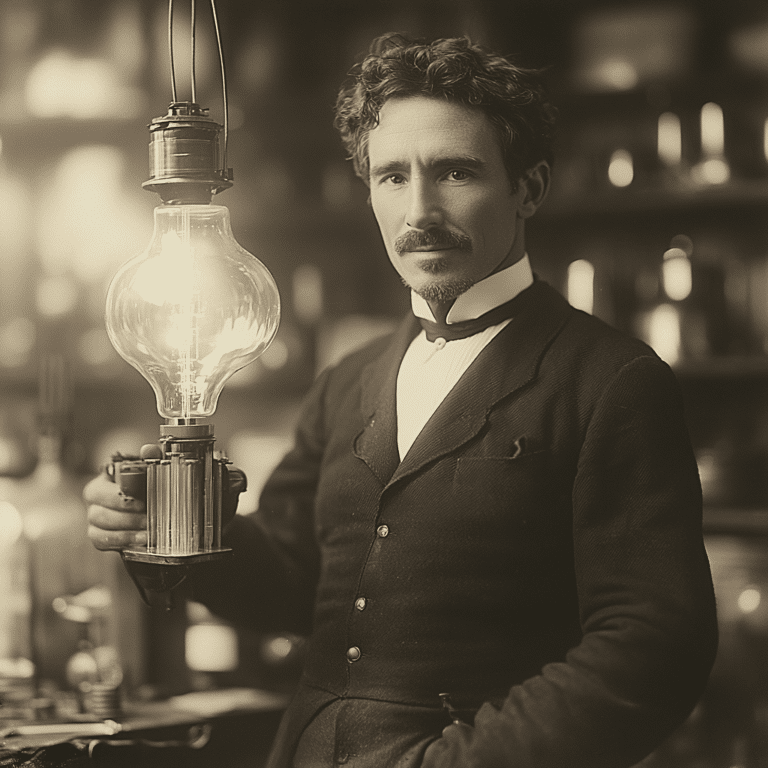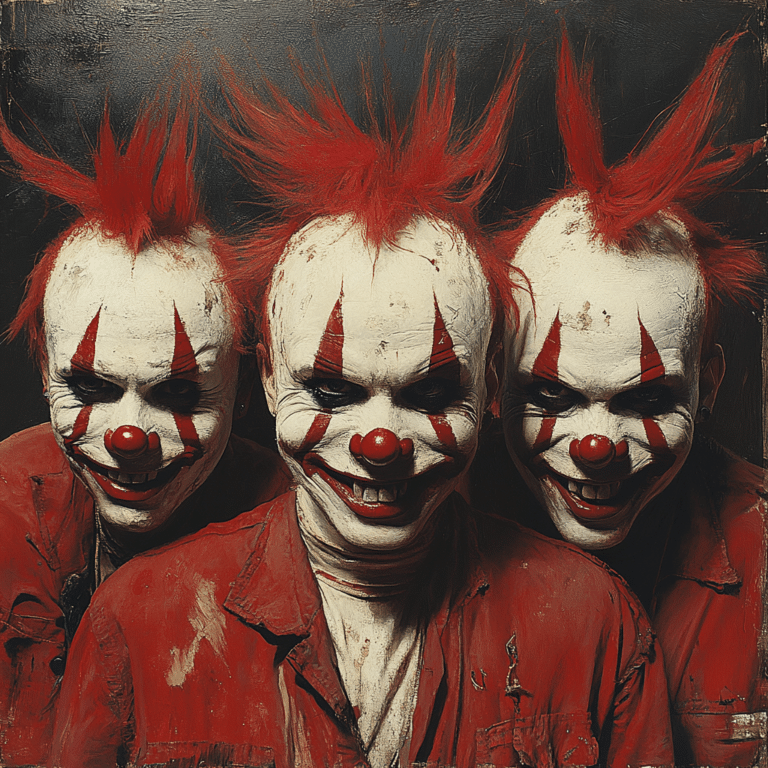Ken Osmond is a name that many television fans hold close to their hearts. Best known for his role as the ever-scheming Eddie Haskell on the iconic show Leave It to Beaver, Osmond’s journey is one filled with surprising twists and a testament to his resilience and commitment to service. This article dives into the multifaceted career of Ken Osmond, exploring his fascinating transition from a beloved actor to a heroic police officer.
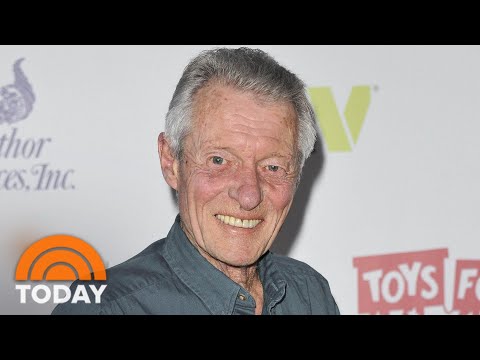
The Dual Journey: Ken Osmond and His Transition from Actor to Officer
Early Life and Acting Beginnings
Ken Osmond was born on June 7, 1943, in Glendale, California. Growing up in a creative household—his mom was an agent and his dad a studio carpenter—he was destined for the spotlight. His acting talents shone brightly when he landed the role of Eddie Haskell at a mere 14 years old. Eddie, with his charm and trickster persona, became a household name almost overnight, captivating audiences with his clever antics.
But let’s be honest, who wouldn’t want a friend like Eddie? He had an insincere way of complimenting everyone that made him both lovable and infuriating. His character reflected a rich tapestry of teenage life in the 1950s—awkward yet endearing. That’s exactly what made Osmond’s portrayal of Eddie a cultural phenomenon, which many contemporary shows still reference.
The Iconic Role: Eddie Haskell
Osmond’s knack for capturing Eddie Haskell’s essence extended far beyond acting. The character resonated with viewers, demonstrating the complexities of growing up. Haskell’s shenanigans, paired with his alarming ability to charm parents, created a legacy that remains relevant. Contributions like those found in The Munsters and Lassie show that Osmond’s talent wasn’t just a momentary spark; it had depth.
But fame comes with its baggage. The end of Leave It to Beaver in the early 1970s left Osmond grappling with typecasting. It was a classic case of “all dressed up with nowhere to go,” and many actors can relate to that feeling. Seeking more fulfillment, he eventually stepped back from acting and contemplated a new direction in life.
Career Hiatus and Personal Crisis
After Leave It to Beaver, things weren’t all sunshine and rainbows for Osmond. He battled typecasting, landing roles that paralleled Eddie’s antics all too closely, leaving him stagnant. The continued attempts to break free from Eddie’s shadow were less than fruitful. With limited opportunities, Osmond had to face the hard truth that life beyond Hollywood wasn’t as glamorous as it seemed.
Feeling disillusioned, he took a step back to reflect on what truly mattered. During these quiet moments, Osmond discovered a deeper calling that extended beyond cameras and scripts—the chance to help others and give something back.

New Calling: Becoming a Police Officer
In 1970, Osmond made a life-altering decision: he joined the Los Angeles Police Department. This move shocked fans who could hardly imagine the charming trickster donning a badge and uniform. Eddie Haskell became Officer Osmond, trading witty one-liners for the rigors of protecting and serving his community.
Serving as a motorcycle officer, Osmond found renewed purpose in law enforcement. He even grew a mustache to avoid being recognized as the cheeky teen star. But it wasn’t all easy; in 1980, he survived a harrowing gunshot incident that posed serious risks. Talk about a plot twist worthy of a script! Despite the danger, he continued to work diligently until retirement in 1988.
Larry Linville and the Value of Law Enforcement in Entertainment
Osmond wasn’t alone in bridging the gap between acting and law enforcement. Just like Larry Linville from MASH*, who also walked a line between entertainment and public service, Osmond’s dedication helped illuminate the relevance of officers. Their experiences remind us that while they act on screen, they also reflect genuine narratives of humanity—sometimes with laughter, sometimes with grit.
In a world where They see me Rollin takes on new meanings, Osmond and Linville’s journeys reveal the lessons earned through diverse careers. They showcase the blend of creativity and commitment to real-world issues, reminding us why we cherish stories that touch hearts.
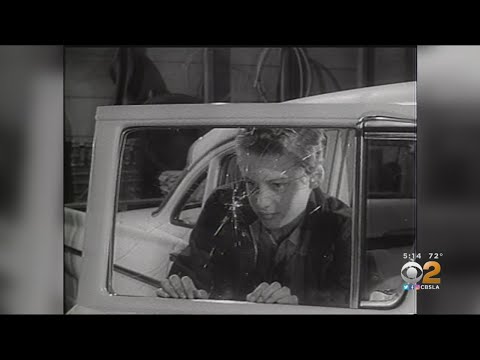
A Return to the Spotlight: Ken O’Brien and Legacy
After hanging up his badge, Osmond again embraced the entertainment world. He made guest appearances that leveraged his Eddie fame, embodying characters like Ken O’Brien—a reflection of resilience and community service that echoes his own life. As he journeyed back to the spotlight, Osmond became an advocate for narratives highlighting heroism and public service.
Reflecting on his experiences, he maintained that empathy and communication skills developed in acting were exceptionally valuable for community service. In a time where it’s easy to forget the importance of connection, Osmond carried that spirit forward, offering wisdom to young actors and audiences alike.
Cultural Impact and Ongoing Relevance
Ken Osmond’s life is a compelling narrative that breaks traditional molds in Hollywood. He remained a symbol of what could be achieved beyond acting, as he maintained connections through conventions and retrospectives. His willingness to share his journey allowed audiences to appreciate the recreational aspects of fame while understanding its deeper responsibilities.
Through advocacy, Osmond changed his legacy from merely being the cheeky Eddie Haskell to a powerful voice in public service. Even today, reminders of his influence endure as actors increasingly reflect the complexities of fame and service.

A Legacy Intertwined with Community Service
Ken Osmond’s narrative stands as a beacon of hope, illustrating that sometimes the most significant changes arise from taking different paths. From an iconic sitcom star to a valiant police officer, his life story inspires those striving to make a difference. He reminds us that heroism is often found in choice and consequence, extending well beyond our initial aspirations.
Osmond’s legacy champions the idea that we are not bound by past roles but can embrace new challenges, weaving experiences into something greater. As this narrative continues to resonate, we celebrate Ken Osmond as both a talented actor and a heroic cop, reminding all of us to find our paths, one choice at a time. So next time you think of Ken Osmond, picture him not just as Eddie Haskell, but as a true community hero!
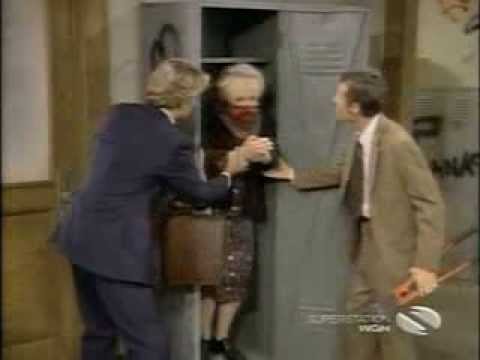
Ken Osmond: The Talented Actor Turned Heroic Cop
The Acting Journey
Ken Osmond, best known for his role as Eddie Haskell on “Leave It to Beaver,” didn’t initially plan to pursue a career in law enforcement. However, after stepping away from acting, his life took a surprising turn when he became a Los Angeles police officer. During his time on the force, Osmond displayed remarkable dedication, earning commendations for his bravery and service—a far cry from his mischievous character on the beloved sitcom. It’s fascinating to think that the charming Eddie Haskell had such a commendable second act. As he transitioned from Hollywood star to real-life hero, Osmond contributed significantly to community safety and engagement.
Behind The Scenes
While he excelled as a police officer, Osmond’s past in entertainment kept the comedic side alive. He was often called back to the industry for various appearances, allowing him to reconnect with old colleagues from shows like the extended family cast.( Many wonder how he balanced these two very different careers. Interestingly, while working as an officer, Osmond often used his experiences to influence his acting roles. His connection with the world of policing brought depth to his performances, like when he’d reference the realities of celebrity life in interviews.
Fun Facts and Trivia
Here’s a quirky tidbit: Osmond had flair for performing tricks, and he once shared his uncanny ability to mimic the voice of the cartoon character Cubby. This talent not only entertained friends and family but also attracted the attention of fans during conventions. What’s more, he often reflected on his time as Eddie Haskell, dispelling the misconception that his character was just a troublemaker. Ken Osmond’s life experiences, including his interactions with fellow celebrities and everyday folks, informed his worldview in unexpected ways. For instance, some of his colleagues from the force found his stories about John Foley Of The Blue angels( inspiring, as they shed light on leadership and teamwork.
Ultimately, Ken Osmond’s journey is filled with wisdom and warmth. He wasn’t just a talented actor; he was a dedicated officer who cherished the balance between entertainment and real-world issues. His path reminds us that it’s possible to wear different hats and still make a significant mark. So, the next time you think of that clever kid from “Leave It to Beaver,” remember there’s more to the story. Ken Osmond’s legacy continues to inspire, encouraging us all to embrace change, whether retiring to become a cop or helping to educate others about crucial topics, just like in the discussion surrounding the Opioid in Spanish( awareness initiatives he’s been associated with.

What was the cause of death for Ken Osmond?
Ken Osmond died from complications of chronic obstructive pulmonary disease (COPD) and peripheral artery disease at the age of 76.
What did Ken Osmond do after Leave It to Beaver?
After Leave It to Beaver, Ken Osmond took a break from acting and joined the LAPD as a motorcycle officer in 1970, later making guest appearances on shows like The Munsters and Lassie.
Did Ken Osmond retire from the LAPD?
Yes, Ken Osmond retired from the LAPD in 1988 after serving as a motorcycle officer, having survived a shooting incident in 1980.
Is Ken Osmond related to Marie Osmond?
Ken Osmond is not related to Marie Osmond; despite a common misconception, they share no family ties.
Which Osmond died recently?
Recently, Ken Osmond passed away on May 18, 2020.
How old was Ken Osmond when he played Eddie Haskell?
Ken Osmond was 15 years old when he first portrayed Eddie Haskell on Leave It to Beaver.
Who was Jerry Mathers’ real mother?
Jerry Mathers’ real mother was a woman named Marilyn Mathews.
Who was Wally Cleaver’s best friend?
Wally Cleaver’s best friend on the show was Eddie Haskell, played by Ken Osmond.
Was Ken Osmond in the military?
Ken Osmond did not serve in the military; his focus was on acting and later law enforcement.
Which Osmond is in a wheelchair?
The Osmond brother who is in a wheelchair is Tom Osmond.
Which one of the Osmond Brothers had a stroke?
Donny Osmond suffered a stroke in 2021, but he has been reported to be recovering since then.
What is Eddie Haskell’s effect?
Eddie Haskell’s effect refers to the idea that some people can appear charming and polite on the surface but may have a manipulative or insincere side, much like his character.
Which Osmond brother has an illness?
Alan Osmond, one of the Osmond Brothers, has multiple sclerosis, a chronic illness that affects the nervous system.
What ever happened to Ken Osmond?
Ken Osmond went on to lead a life outside of acting as a police officer and was remembered fondly after his passing for both roles.
How are Donny and Marie related?
Donny and Marie Osmond are siblings, sharing the same parents, George and Olive Osmond.













